The Endocardium covers the entire inner surface of the heart as a smooth inner skin. All four heart valves also belong to the endocardium. Diseases of the inner lining of the heart and the heart valves often lead to heart failure.
What is the endocardium?
The endocardium is the thin layer of tissue that lines the inner surface of the heart. As the innermost layer of three layers of the heart, it consists of endothelium and connective tissue. As a rule, its thickness is between 0.5 and 1 millimeter. It covers the entire interior of the heart.
This also includes the tendon threads of the papillary muscles. The inner lining of the heart is responsible for the efficient functioning of the heart. Another important function of the endocardium is the formation of the four heart valves that are made up of its folds. A particularly fiber-rich tissue is found in the heart valves. As a valve, the heart valves ensure that the blood flows in the right direction. The endocardium does not have its own blood vessels. It is supplied by the subendocardial capillary network.
Anatomy & structure
The endocardium consists of several layers. The outer layer is called the endothelium and forms a continuous, single-layer squamous epithelium. This is followed by the subendothelial stratum as the second layer. It consists of loose connective tissue with some fibroblasts.
Another layer consists of elastic connective tissue and smooth muscles. This layer is called the stratum myoelasticum. The stratum myoelasticum is again divided into four sections. These include the lamina elastica interna, the lamina muscularis and the lamina fibroelastica externa. The last and outer layer of connective tissue is the subendocardial tela. It consists of loose connective tissue, which also contains Purkinje fibers (nerve fibers of the excitation conduction system).
However, the subendocardial tela is absent from the endocardium over the tendon threads of the papillary muscles. This layer is also not always assigned to the endocardium. Rather, it lies between the endocardium and the myocardium. In addition to nerve fibers and parts of the excitation system, it also contains blood and lymph vessels. The endocardium does not only refer to the inner lining of the heart. The four heart valves are also part of the endocardium. These include the mitral valve, the aortic valve, the tricuspid valve, and the pulmonary valve.
The heart valves are divided into pocket and leaflet valves. Each half of the heart has a pocket flap and a sail flap. Sail valves are inlet valves and pocket valves are outlet valves of the heart chambers. The leaflet valves include the mitral valve and the tricuspid valve. The aortic valve and the pulmonary valve are pocket valves. The endocardium has different layer thicknesses in different sections of the heart. It is thinner in the ventricles than in the atria and thicker in the left half of the heart than in the right half of the heart. The cause of the different layer thicknesses of the endocardium is probably to be found in its different stresses.
Function & tasks
The endocardium fulfills two important functions. As the inner lining of the heart, it ensures a smooth surface. This improves blood circulation in the heart.Their mirror-like surface prevents the blood from sticking to the inner wall of the heart. This prevents the formation of thrombi. The blood flow is steady and the heart can work effectively. Even the smallest bumps have a negative effect on cardiac output.
When flow resistance arises, eddies form, which can lead to the formation of blood clots. Bumps are often the result of an inflammation of the inner lining of the heart (endocarditis). The endocardium fulfills the second important function in the form of the heart valves. As already mentioned, the heart valves function as valves within the heart. They ensure that the blood can only flow in one direction.
Either as leaflet valves, they let the blood flow into the heart chamber or as pocket valves from the heart chamber. The reverse direction is blocked in healthy heart valves. The two connective tissue layers of the endocardium, the strata, serve as a shifting layer for the endothelium when the heart muscle contracts (systole). When the heart muscle dilates during the relaxation phase (diastole), the elastic fibers and muscle cells ensure that the endocardium is not overstretched.
Diseases
In connection with the endocardium, diseases can occur, which often lead to chronic heart failure. Inflammatory processes on the inner lining of the heart or heart valves are known as endocarditis. There are infectious and non-infectious forms of this disease. Bacterial endocarditis in humans is often caused by bacteria that come from infections that have not healed. These can be streptococci, staphylococci or enterococci, for example.
This condition manifests itself through intermittent fever, general weakness, loss of appetite, heart murmurs and water retention. Bacterial endocarditis is treated with antibiotics. It can occur as a result of pneumonia, urinary tract infections, bronchitis or tonsillitis. Patients with a pre-existing heart defect are at a higher risk of developing heart disease in the event of an infection. The risk is also increased after operations. Sometimes rheumatic fever occurs as a complication of infectious diseases in children and adolescents, which manifests itself as endocarditis.
Endocarditis can also have non-infectious causes. Certain tumors also trigger endocarditis. Autoimmune diseases that affect the heart also damage the endocardium. Furthermore, there is allergic inflammation in the heart, which causes endocarditis. This disease is called Löffler syndrome after the Swiss doctor Wilhelm Löffler. Last but not least, arteriosclerosis also often affects the heart valves. The majority of heart valve defects are due to pre-existing bacterial and arteriosclerotic diseases of the heart. However, a survived rheumatic inflammation of the endocardium can often not be excluded as a cause.
Typical & common heart diseases
- Heart attack
- Pericarditis
- Heart failure
- Atrial fibrillation
- Myocarditis

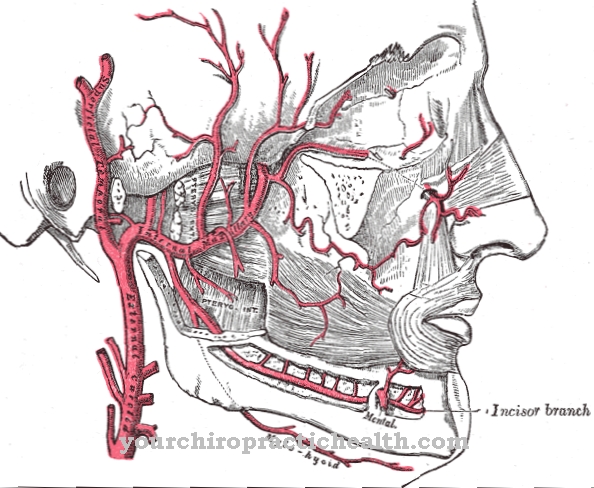
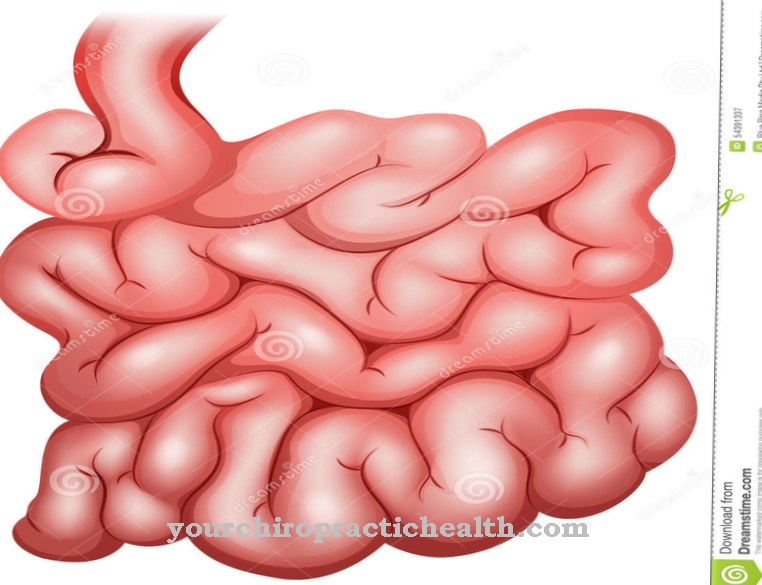
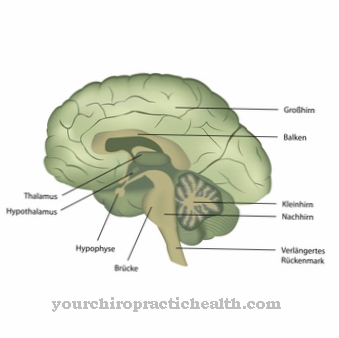
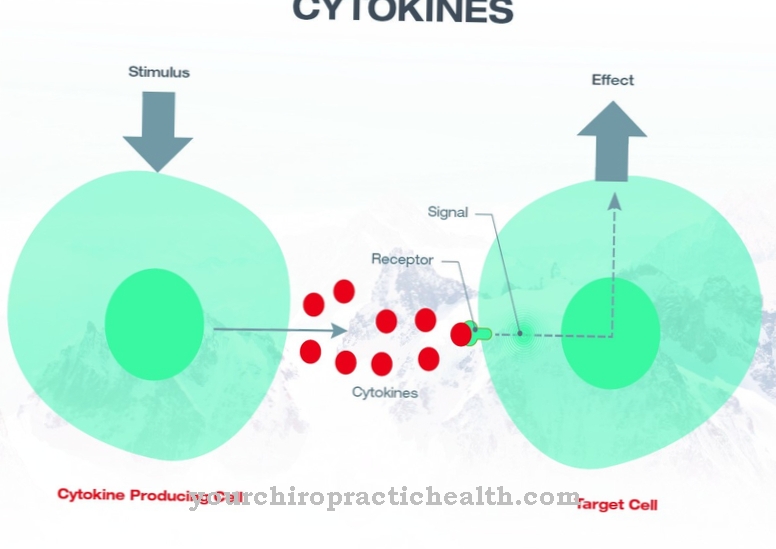
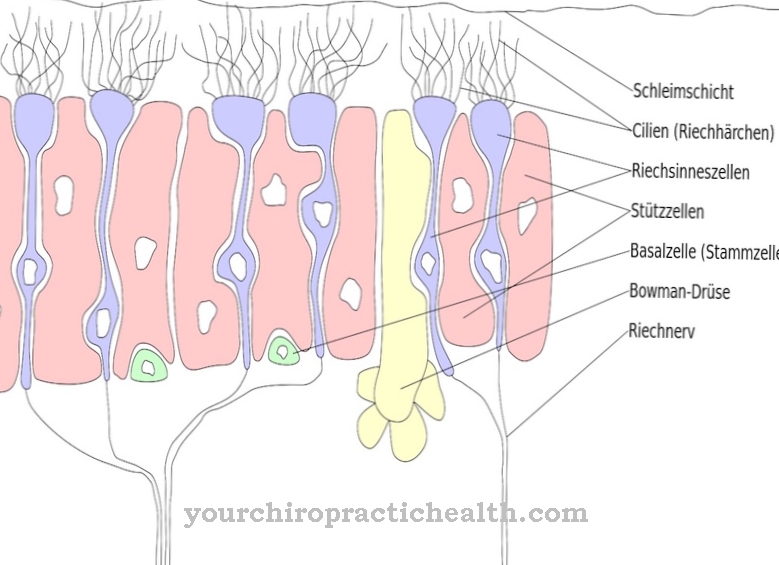
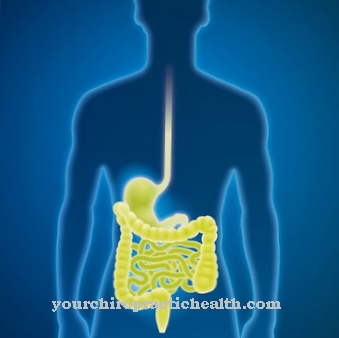

















.jpg)



